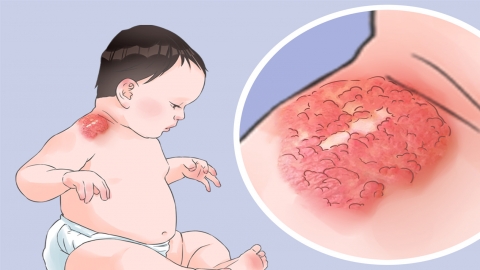Does hemangioma require treatment?
Whether a hemangioma requires treatment generally depends on a comprehensive assessment of its type, size, location, growth rate, symptoms, and impact on the patient's health and quality of life. There is no one-size-fits-all answer. The specific analysis is as follows:

If the hemangioma is a strawberry-type (capillary) hemangioma, small in size, located in a non-critical area, growing slowly, and causing no obvious symptoms or impact on health and quality of life, treatment is not necessary. Such hemangiomas often regress naturally over time. For example, infantile strawberry hemangiomas typically gradually shrink and disappear by ages 5 to 10, requiring only regular monitoring during this period without special intervention.
Treatment is necessary if the hemangioma is of the cavernous or racemose (arteriovenous) type, large in size, located in critical areas such as around the eyes or throat, growing rapidly, or causing symptoms such as compression, ulceration, bleeding, or recurrent infection that affect health and quality of life. Without timely intervention, these may lead to functional impairment, worsening cosmetic damage, or even serious complications, and thus require management through medications, laser therapy, surgery, or other methods to control the condition.
Routine monitoring of changes in the hemangioma is recommended, including recording changes in size, color, and shape, while avoiding friction or trauma to vulnerable areas. If rapid enlargement, pain, ulceration, or other abnormalities occur within a short period, prompt medical consultation is essential. A professional physician should evaluate whether treatment is needed and determine the appropriate approach. Blindly waiting or self-managing is not recommended.








